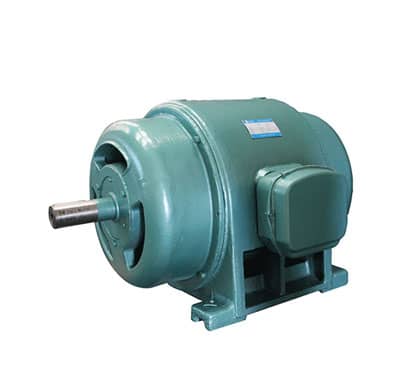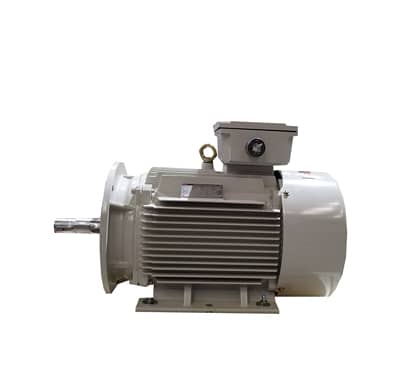Description
Model Explanation for Xi’an Lite simomotor.net JS Series Squirrel Cage Three-Phase Asynchronous Motors
- JS115-6: Indicates a squirrel cage rotor asynchronous motor.
- 11: Frame number.
- 5: Core length code.
- 6: Number of poles.
- JR115-6: Indicates a wound rotor asynchronous motor.
- 11: Frame number.
- 5: Core length code.
- 6: Number of poles.
The JR series motors are available in two versions:
- With brush lifting and short-circuiting devices.
- Without brush lifting and short-circuiting devices.
Overview of Xi’an Lite simomotor.net JS Series Squirrel Cage Three-Phase Asynchronous Motors
The J series medium-sized motors are designed to drive various types of machinery, such as:
- Fans,
- Compressors,
- Pumps,
- Crushers,
- Ball mills,
- Cutting machine tools,
- Transport machinery, and
- Other equipment.
These motors are suitable for use in:
- Coal mines,
- Machinery industries,
- Power plants, and
- Various industrial and mining enterprises as prime movers.
- JS series: Squirrel cage rotor three-phase asynchronous motor.
- JR series: Wound rotor three-phase asynchronous motor.
Standards and Construction
- The JS series complies with the technical conditions of JB563-64 standards.
- The JR series complies with the technical conditions of JB564-64 standards.
The motors are of a protected type by default but can also be made as a duct-ventilated type upon customer request.
Operating Conditions
- Installed at an altitude not exceeding 1 km.
- Ambient air temperature:
- Not exceeding +40°C.
- Not less than 0°C.
- Clean air environment without acid, alkali, or other corrosive gases.
- Not suitable for operation in explosive or dust-filled environments.
For environments where air temperatures exceed the specified range or are not clean, duct-ventilated motors are recommended. In this case:
- The cooling air temperature entering both ends of the motor should be between 0°C and +40°C.
- The air pressure inside the duct and motor must exceed the surrounding air pressure.
- Additional equipment, such as blowers or dust filters, may be required.
Starting Characteristics
- JS series motors:
- Allow direct full-voltage starting.
- Initial starting torque and starting current ratios to rated values are shown in Table 3.
- If full-voltage starting is not permissible due to network constraints, reduced-voltage starting can be used. However, in this case, the starting torque decreases proportionally to the square of the starting voltage.
- JR series motors:
- During startup, a starting resistor must be connected to the rotor circuit in advance.
- Direct short-circuiting of the rotor windings is not permitted during startup.











Reviews
There are no reviews yet.